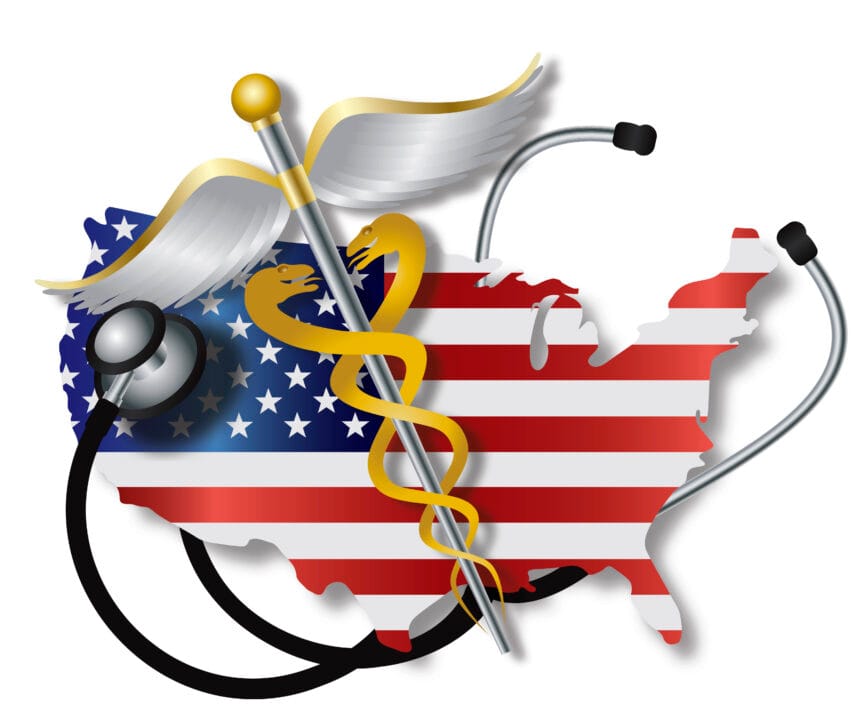The healthcare market in China presents a vast opportunity for medical device manufacturers. We published an article a while back on how the future of healthcare technology is in China. But we are not finally starting to appreciate it.
- Foundational China’s Medical Device Regulatory Requirements
- Overview of NMPA and Its Role
- Key Documentation and Compliance Standards
- Steps for Submitting a Medical Device
- Common Challenges in the Registration Process
- Criteria for Achieving Reimbursement Eligibility in China
- Strategies for Strengthening the Reimbursement Application
- Role of Medical Device Consulting Services
As the population grows and ages, the demand for advanced medical technologies increases. China medical device registration is the first step for companies aiming to capitalize on this growing demand. The Chinese government’s emphasis on healthcare reform, along with increased investment in hospital infrastructure, has expanded access to modern medical devices. This development underlines the potential for high returns on investment for manufacturers that can navigate the regulatory landscape effectively.
Foundational China’s Medical Device Regulatory Requirements
Overview of NMPA and Its Role
The National Medical Products Administration is central to the regulatory landscape for medical devices in China. Understanding the NMPA China guidelines is crucial for any manufacturer looking to enter the Chinese market. They oversee the China medical device registration process, ensuring that devices meet stringent safety and effectiveness standards before they can be sold in the country. For foreign manufacturers, this process begins with obtaining a local legal entity in China who can file and communicate with the NMPA on their behalf. This regulatory body is not only a gatekeeper but also a resource for ensuring that devices comply with national health priorities and standards.
Key Documentation and Compliance Standards
Companies must prepare a comprehensive dossier that includes detailed device descriptions, clinical study reports, and quality assurance documents. The Chinese medical device regulations mandate that all supporting materials must be submitted in Mandarin, adding a layer of complexity for non-native companies. Ensuring that documentation aligns with the guidelines is essential for a smooth registration process. Products must meet the Chinese standards for electrical safety, environmental impact, and user accessibility, which are often parallel to international norms but can have local specifications.
Steps for Submitting a Medical Device
It involves multiple stages, starting with pre-submission meetings with the NMPA, where manufacturers can gain insights into the specific requirements for their products. Following this, the formal submission includes a trial application if required, and then technical documentation review. Understanding how to register a medical device in China involves navigating these phases effectively, often necessitating local expertise or consultation to manage the process. Timelines can vary significantly based on the device classification, with higher-risk devices undergoing more rigorous scrutiny.
Common Challenges in the Registration Process
Navigating the medical device requirements in China poses several challenges, particularly for international companies. The dynamic nature of their regulatory requirements means that policies can change rapidly, requiring constant vigilance and adaptability. Language barriers, intellectual property concerns, and the need for local clinical data are common hurdles. Aligning product specifications with unique Chinese standards requires meticulous planning and can be resource-intensive.
Criteria for Achieving Reimbursement Eligibility in China
Clinical Necessity
Reimbursement eligibility for medical devices in China heavily rests on the demonstrated clinical necessity of the device. Authorities assess whether the device addresses a well-defined and significant medical need within the Chinese healthcare context. Manufacturers must substantiate the relevance of their device in treating, diagnosing, or preventing diseases prevalent in China. This alignment not only enhances the chances of approval but also prioritizes the device in China’s reimbursement criteria for medical devices, ensuring that it meets the public health agenda and gains necessary financial backing from health insurance schemes.
Cost-Effectiveness Requirements
The authorities require a detailed economic evaluation comparing the device’s cost to its expected health benefits. This analysis helps determine if the device provides a reasonable return on investment from a healthcare expenditure perspective. Devices that offer innovative solutions but at a significantly higher cost need to demonstrate superior outcomes or savings in other healthcare areas to gain medical device reimbursement in China.
Additional Criteria for Reimbursement Eligibility
These criteria are designed to ensure that every device funded by China’s healthcare system contributes positively to broader health outcomes and financial sustainability. Here is a look at these additional factors:
- Compatibility with Healthcare Infrastructure: The device must be compatible with existing healthcare infrastructure in China. It should be easy to integrate into current clinical workflows without requiring extensive additional training or investment.
- Patient Accessibility: Devices that can be widely accessed by the patient population, especially those in underserved areas, may receive favorable consideration. This aligns with the government’s goals to ensure equitable healthcare access across all regions.
- Supporting Documentation: Extensive documentation supporting the device’s claims, including user manuals, clinical trial data, and health technology assessments, must be readily available and thoroughly detailed.
Successfully navigating these additional criteria requires a strategic approach that aligns closely with both regulatory expectations and the practical needs of China’s healthcare system. By focusing on these elements, manufacturers can enhance their chances of obtaining and sustaining reimbursement status.
Strategies for Strengthening the Reimbursement Application
Conducting Local Clinical Trials
Conducting local clinical trials can significantly enhance the application’s ability to receive a higher Chinese medical device reimbursement. Such trials provide robust data that reflect the device’s performance within the Chinese population, addressing ethnic and demographic differences that can influence outcomes. Local evidence not only supports claims of efficacy and safety but also aligns the device with national health priorities, making a compelling case for its widespread adoption and reimbursement.
Utilizing Case Studies
This is a powerful tool for illustrating the practical benefits and operational effectiveness of medical devices in real-world clinical settings. By presenting detailed narratives of how the device has improved patient care or streamlined medical procedures, manufacturers can vividly demonstrate to China NMPA registration authorities the tangible advantages their products offer. Effective case studies often include patient feedback, clinical outcomes, and comparative analysis with other treatments, providing a well-rounded view of the device’s impact.
Engaging with Local Stakeholders
Successful navigation of China’s medical device approval process extends beyond regulatory approval and into the realm of practical implementation and acceptance. Engaging with local stakeholders—ranging from healthcare providers and institutions to patient advocacy groups—plays a crucial role in ensuring a medical device is not only introduced into the market but also embraced by the medical community and, by extension, reimbursed. The following steps outline how to effectively engage with these crucial entities:
- Partnership Development: Forming strategic partnerships with local hospitals and medical institutions can facilitate pilot programs or trial use that showcase the device’s benefits directly to the end-users.
- Educational Initiatives: Offering training sessions and educational materials to doctors, nurses, and administrative staff can help overcome resistance to new technologies by demonstrating ease of use and clinical benefits.
- Stakeholder Meetings: Regular meetings with potential and current users, as well as with patient groups, can provide insights into the device’s performance and gather support for its broader adoption.
- Feedback Integration: Actively seeking and integrating feedback from healthcare professionals and patients can lead to product improvements and enhanced user satisfaction, which support reimbursement efforts.
- Public Awareness Campaigns: Implementing campaigns to educate the public and healthcare professionals about the device’s advantages can increase demand and acceptance, thus supporting a stronger case for reimbursement.
Manufacturers may greatly increase the uptake and acceptability of their medical devices by successfully interacting with regional stakeholders and healthcare facilities. This will open the door for successful reimbursement and sustained market penetration.
Role of Medical Device Consulting Services
The Benefits
Consultants can expedite the registration and reimbursement processes by leveraging their deep understanding of regulatory pathways and common pitfalls. Their expertise in the specific documentation and compliance standards required by the NMPA can be invaluable, particularly for international companies unfamiliar with the nuances of the Chinese market.
Companies should focus on strategies for device reimbursement in China by building robust local partnerships and maintaining flexibility to adapt to regulatory changes. It requires integrating into the local healthcare ecosystem and continuously proving the device’s value to both providers and patients. Long-term success is achieved by those who commit to ongoing compliance, post-market analysis, and responsiveness to the evolving healthcare environment.







